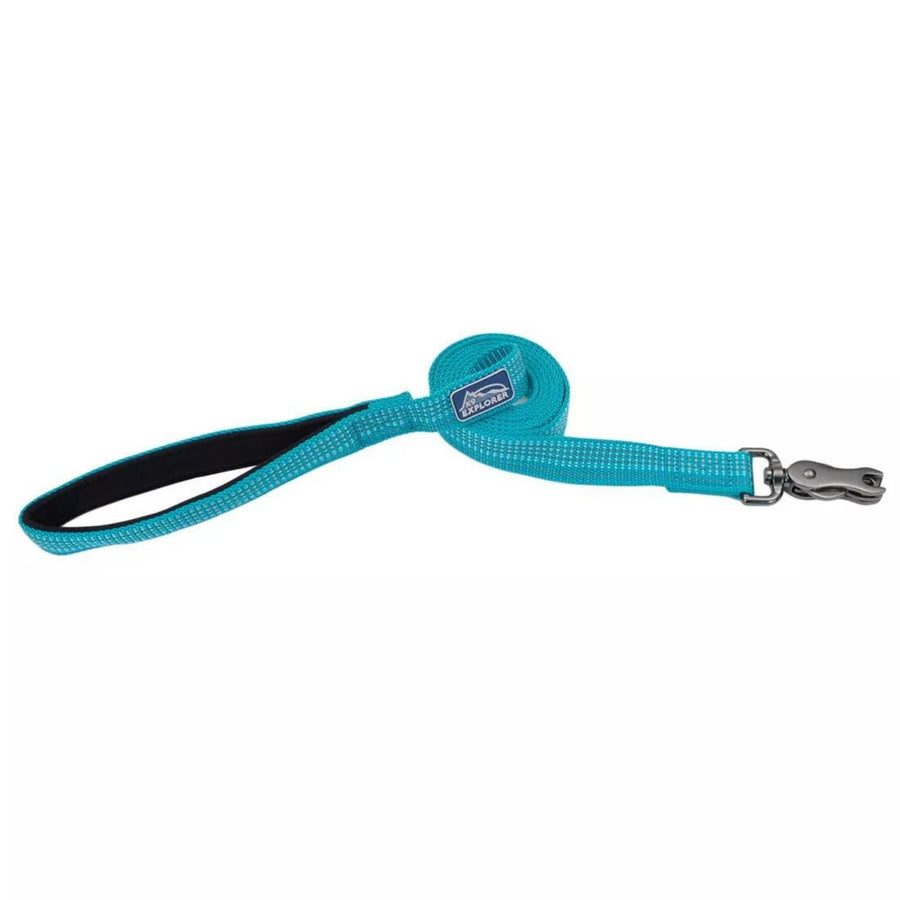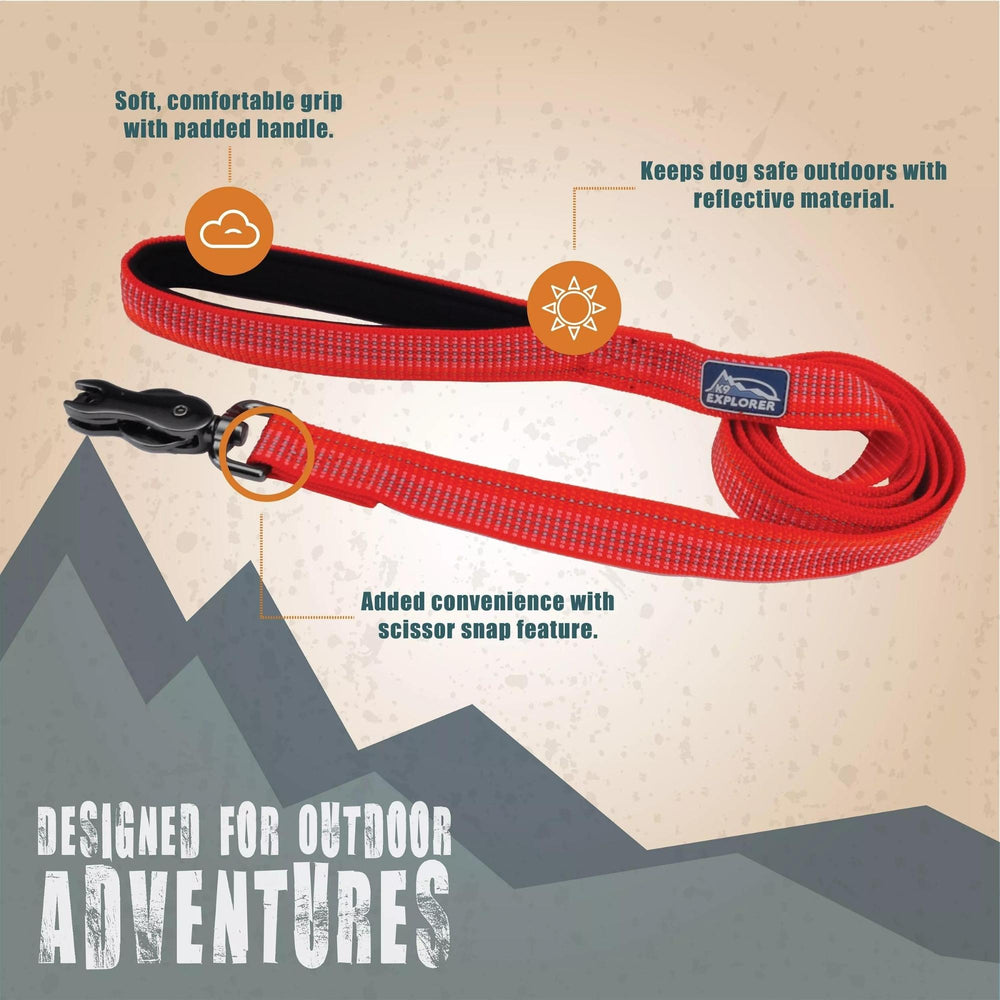How to Introduce Your Dog to a Training Collar
Introducing your dog to a training collar is a gradual process that requires patience, consistency, and positive reinforcement. Training collars are useful tools to communicate with your dog and reinforce proper behavior, but it’s important to introduce them properly to ensure your dog’s comfort and understanding. When used correctly, a training collar can make a significant difference in your dog’s responsiveness and obedience.

1. Understand the Different Types of Training Collars
Before introducing a training collar, it’s important to choose the one best suited to your dog’s needs and training goals. There are several types of training collars, each designed for specific purposes:
- Flat Collar: The standard collar used for daily walks and ID tags.
- Martingale Collar: A humane option for dogs that tend to pull or slip out of regular collars. It tightens slightly when pulled but doesn’t choke the dog.
- Choke Chain: Tightens around the neck when the leash is pulled. This type of collar requires careful use, as improper handling can lead to injury.
- Prong/Pinch Collar: Has metal prongs that apply pressure evenly around the neck when the dog pulls. It should be used with caution and under professional guidance.
- Electronic Collar (E-Collar): Delivers a mild static or vibration correction when the dog disobeys a command, often used for off-leash training.
Choosing the right collar depends on your dog’s size, temperament, and the behavior you’re aiming to correct. Consult a trainer or veterinarian to help make an informed decision.
2. Ensure a Proper Fit
The fit of the training collar is crucial to your dog’s comfort and safety. A collar that’s too tight can cause discomfort or injury, while one that’s too loose may be ineffective or lead to your dog slipping out of it.
- Flat or martingale collars should be snug but not too tight. You should be able to fit two fingers between the collar and your dog’s neck.
- Choke chains and prong collars should sit high on the dog’s neck, just behind the ears, to ensure proper control without applying excessive pressure.
Ensure that any electronic collar makes contact with the skin without causing sores or irritation. Regularly check the fit and condition of the collar, adjusting as necessary to avoid injury.
3. Introduce the Collar Slowly
Introducing your dog to the training collar should be a gradual process to avoid any fear or discomfort. Start by allowing your dog to get used to the collar in a relaxed environment.
- Familiarize Them with the Collar: Let your dog sniff and investigate the collar before putting it on. This helps reduce anxiety by allowing them to see it as a non-threatening object.
- Put the Collar On Gently: Place the collar on your dog during calm moments, like during a relaxed playtime or quiet walk around the house. Avoid making a big deal out of it, as you want your dog to see wearing the collar as a normal part of their routine.
- Use Positive Reinforcement: Reward your dog with treats, praise, and affection as you put the collar on. This helps create a positive association with the collar, making your dog more willing to wear it.
Start with short periods of wearing the collar, gradually increasing the duration as your dog becomes more comfortable.
4. Associate the Collar with Training
Once your dog is comfortable wearing the collar, begin associating it with training commands. The training collar should be used as a tool to reinforce positive behaviors, not as a punishment.
- Start with Simple Commands: Use basic commands your dog already knows, like “sit,” “stay,” or “come.” Reinforce these commands with positive reinforcement, such as treats or praise.
- Use Light Corrections: If the training collar you’re using involves corrections (e.g., a gentle tug on a martingale or a mild static correction on an e-collar), use them sparingly and always follow them with praise when your dog responds correctly.
- Be Consistent: Consistency is key when using a training collar. Make sure to use the same commands and corrections consistently to help your dog understand what’s expected of them.
5. Monitor Your Dog’s Reaction
Throughout the training process, closely monitor your dog’s behavior and reaction to the collar. Signs of discomfort, fear, or stress should be addressed immediately. If your dog seems overly anxious or resistant, remove the collar and try reintroducing it later with more positive reinforcement.
Always give your dog time to adjust and ensure they are comfortable with the collar before progressing to more advanced training.
Conclusion
Introducing your dog to a training collar is a process that requires patience, consistency, and positive reinforcement. By choosing the right collar, ensuring a proper fit, and gradually introducing the collar with rewards and praise, you can help your dog become comfortable with it. Over time, the training collar can be an effective tool for reinforcing good behavior and enhancing communication between you and your dog. Remember to always use the collar responsibly and consult a professional trainer if you need guidance on how to use it effectively.














